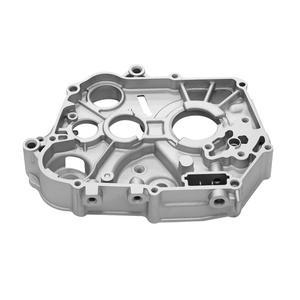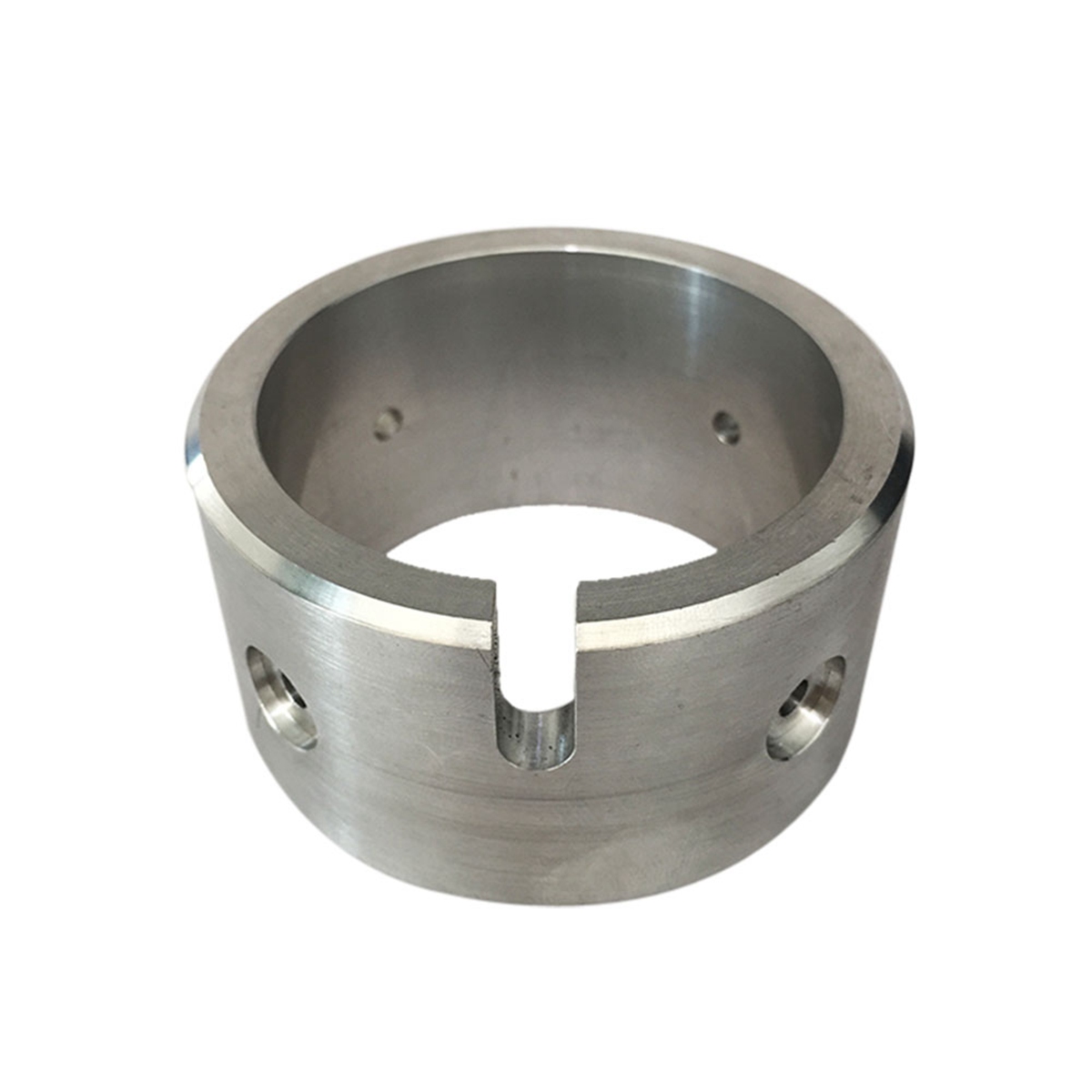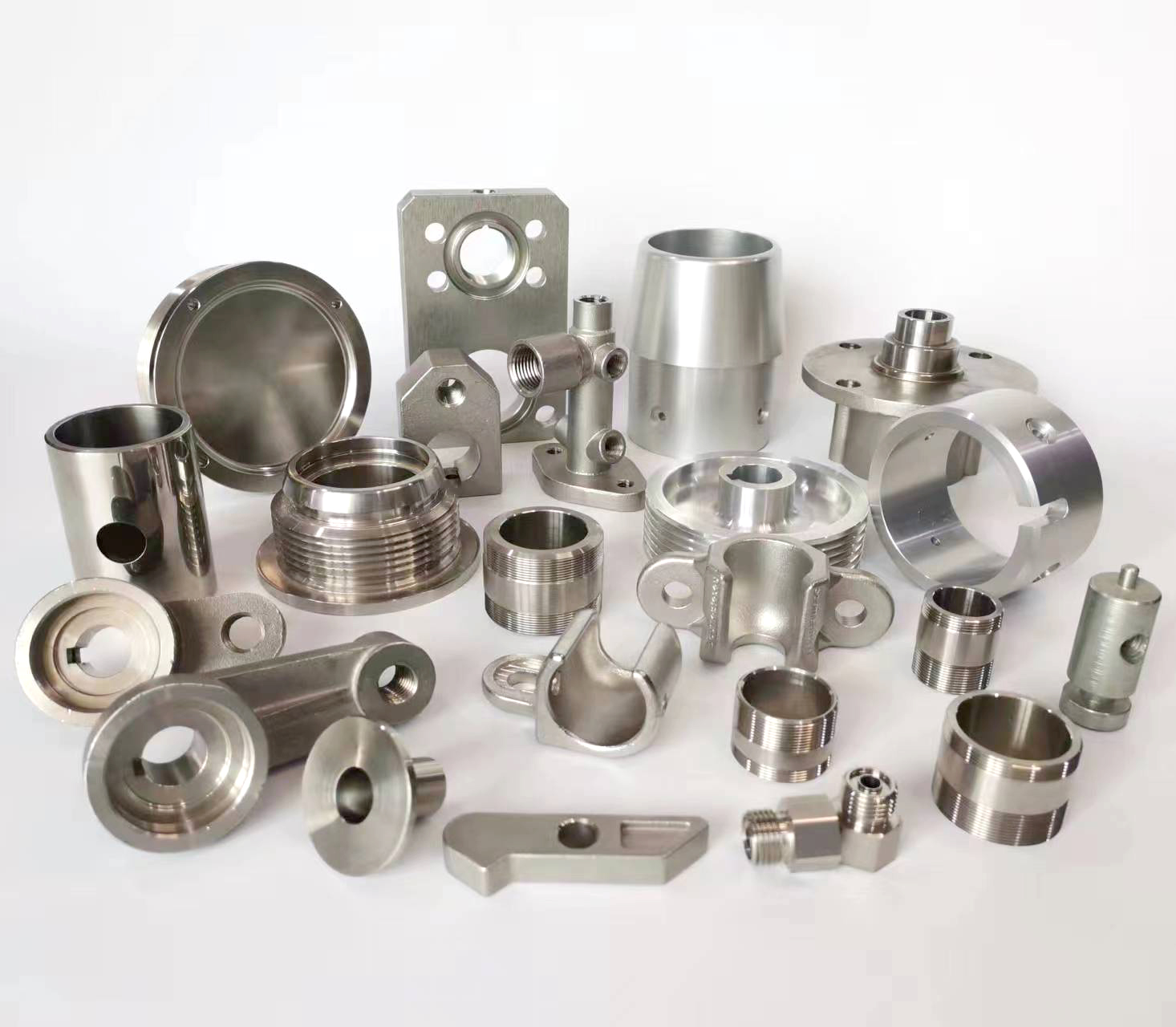
The Aluminum Alloy Series (4-Digit System)
1xxx Series: Pure Aluminum (99.0% Minimum Aluminum)
Major Alloying Element: None (Pure Aluminum). The last two digits indicate the purity above 99.00%. For example, 1060 is 99.60% aluminum.
Characteristics:
Excellent corrosion resistance.
High electrical and thermal conductivity.
Excellent workability (easy to form and weld).
Low mechanical strength.
Not heat-treatable; strength can only be increased by cold working.
Common Tempers: O (Annealed), H12, H14, H18 (Various strain-hardened states).
Typical Applications: Chemical tanks, electrical conductors, bus bars, food foil, reflectors.
2xxx Series: Copper Alloys
Major Alloying Element: Copper (Cu).
Characteristics:
Very high strength, especially when heat-treated. Often comparable to steel.
Lower corrosion resistance than most other aluminum alloys; often used with a protective coating (cladding).
Good machinability.
Heat-treatable to significantly increase strength.
Common Grades:
2024: One of the highest-strength aluminum alloys. Excellent fatigue resistance. Used extensively in aerospace for aircraft structures (skins, ribs).
2011: Known as the “Free-Machining” alloy. Excellent for high-speed automatic screw machines.
2219: Excellent weldability and high-temperature strength. Used in aerospace applications like rocket fuel tanks.
Typical Applications: Aircraft structures, truck wheels, aerospace components, fasteners.
3xxx Series: Manganese Alloys
Major Alloying Element: Manganese (Mn).
Characteristics:
Moderate strength.
Excellent corrosion resistance.
Good workability and formability.
Not heat-treatable.
Common Grades:
3003: The most widely used of all aluminum alloys. It is essentially 1100 with added Manganese for higher strength (about 20% stronger than 1100).
3004, 3105: Slightly stronger than 3003. Commonly used for beverage can bodies, roofing, and siding.
Typical Applications: Cooking utensils, heat exchangers, storage tanks, beverage cans, architectural panels.
4xxx Series: Silicon Alloys
Major Alloying Element: Silicon (Si).
Characteristics:
Silicon lowers the melting point, improving fluidity.
Good wear resistance.
Most are not heat-treatable, except when combined with other elements like copper or magnesium.
Common Grades:
4043: Used primarily as a filler wire for welding 6xxx series alloys (e.g., automotive and structural welding).
4343: Used as a brazing sheet for heat exchangers.
A356.0: A common casting alloy (note the decimal, indicating a cast alloy) used for automotive wheels and structural parts.
Typical Applications: Welding wire, brazing rods, castings (especially for automotive applications).
5xxx Series: Magnesium Alloys
Major Alloying Element: Magnesium (Mg).
Characteristics:
High strength, especially when strain-hardened.
Excellent corrosion resistance, particularly in marine atmospheres and saltwater.
Good weldability.
Not heat-treatable.
Common Grades:
5052: The highest strength alloy of the non-heat-treatable grades. Excellent fatigue strength and marine atmosphere corrosion resistance.
5083 / 5086: Very high strength alloys used in marine and cryogenic applications. Famous for use in shipbuilding, offshore platforms, and pressure vessels.
5454: Good elevated temperature performance. Used for welded structures and pressure vessels.
Typical Applications: Marine components, boat hulls, pressure vessels, cryogenic tanks, architectural applications.
6xxx Series: Magnesium and Silicon Alloys
Major Alloying Elements: Magnesium (Mg) and Silicon (Si). They form Magnesium Silicide (Mg2Si).
Characteristics:
Good strength, though lower than 2xxx or 7xxx series.
Excellent corrosion resistance.
Excellent extrudability. This is the most common series for extrusion profiles.
Good machinability and weldability.
Heat-treatable.
Common Grades:
6061: The most versatile structural alloy, often called “structural aluminum.” Excellent all-around properties. Used for frames, truck chassis, marine fittings, and bicycle frames.
6063: The classic “architectural alloy.” Excellent surface finish after anodizing. Used for window frames, door frames, roofs, and irrigation pipes.
6082: Predominant in Europe, similar to 6061 but with slightly higher strength.
Typical Applications: Extrusions for architectural and structural frames, pipe, railings, automotive parts (e.g., bumper beams).
7xxx Series: Zinc Alloys
Major Alloying Element: Zinc (Zn), often with significant amounts of Magnesium (Mg) and sometimes Copper (Cu).
Characteristics:
The highest strength aluminum alloys.
Can be heat-treated to strengths exceeding 600 MPa.
Stress-corrosion cracking can be a concern for some grades, requiring special tempering.
Good machinability.
Common Grades:
7075: The premier aerospace high-strength alloy. Often compared to many steels in terms of strength-to-weight ratio. Used in aircraft structures, bicycle components, and mold tools.
7050: An improved version of 7075 with better stress-corrosion cracking resistance for thick sections.
7005: A weldable, high-strength alloy used in bicycle frames and automotive safety components.
Typical Applications: Aerospace frames, high-performance sporting goods (bikes, baseball bats), military applications.
8xxx Series: Other Elements
This series is a catch-all for alloys where the major alloying element is not covered by the other series (e.g., Lithium, Tin, Iron).
Common Grades:
8011: Used for foil stock.
8079: Used for fin stock in heat exchangers.
8111: Used for conductor alloys.
- (Cast Alloy): Used for engine bearing liners.
Important Notes on Tempers
The alloy number is only half the story. The temper designation (e.g., -T6, -O, -H32) indicates the mechanical or heat treatment condition of the material, which directly affects its strength and hardness.
F: As-Fabricated.
O: Annealed (softest condition).
H: Strain-Hardened (for non-heat-treatable alloys). e.g., H1x – strain-hardened only; H2x – strain-hardened and partially annealed.
T: Heat-Treated. e.g.,
T4: Solution heat-treated and naturally aged.
T5: Artificially aged only (after an extrusion or casting process).
T6: Solution heat-treated and then artificially aged (to maximum strength).
T7: Solution heat-treated and overaged/stabilized (for dimensional stability).
Example: 6061-T6 is an aluminum-magnesium-silicon alloy that has been solution heat-treated and artificially aged to achieve its maximum strength.





